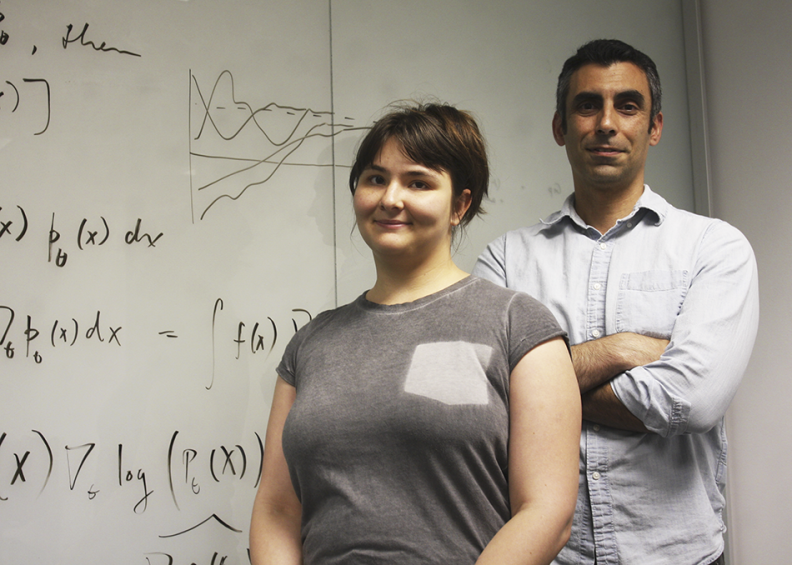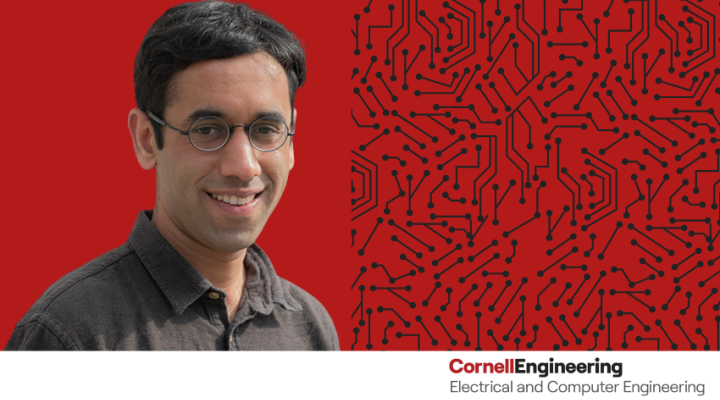Less than 2 percent of all cars sold in America today are electric, but that will soon change.
The internal combustion engine’s firm grip on American transportation is loosening and for the first time a vision of an all-electric vehicle future is coming into clear focus. It’s a vision that may become reality in a matter of decades, and one driven by declining battery costs, progressive policy, consumer demand and the world’s largest automakers.
Volvo says it will make only electric vehicles by 2030 and General Motors has announced plans to go all electric, completely phasing out gasoline powered vehicles by 2035. Officials in California intend to ban the sale of new vehicles powered by internal combustion engines by the same year. Sensing a looming shift in the market, many other automakers like Ford and Volkswagen are investing heavily to expand their electric car offerings.
But even with this great momentum, the transition to an all-electric car future won't be possible without careful planning and coordination with the power grid and the companies that manage its operation — a reality made all the more pressing in light of deadly power outages in Texas following a winter freeze.
Today, most people charge their electric cars when they come home in the evening — when electricity demand is typically at its peak. If left unmanaged, the power demanded from many electric vehicles charging simultaneously in the evening will amplify existing peak loads, potentially outstripping the grid’s current capacity to meet demand.
To accommodate the increase in that demand, utilities and grid operators—operating as they do now—would need to build new power plants to produce enough power and expand transmission and distribution infrastructure to carry that power from the generators to the electric vehicle chargers. In states like Texas and California, where the transition to electric vehicles is accelerating rapidly, these enhancements to the grid infrastructure would cost tens of billions of dollars. And they would take decades to complete. To minimize these costly upgrades, utilities must rethink how they manage demand.
Timing is everything. Very often, EV owners don’t need their cars charged immediately after they park at home or at the office—just within a reasonable window of time before they expect to leave. In an effort to tap this flexibility, many utilities have begun to offer electric car owners time-of-use rates, where the price of electricity varies over the course of a day, being cheapest during off-peak hours.
While this might seem like a sensible approach, it won’t solve the peak load problem posed by EVS, and may make matters worse. At best, time-of-use rates will encourage some electric car owners to charge during off-peak hours. At worst, such incentives will synchronize electric car charging patterns, as many EV owners will program their vehicles to begin charging simultaneously at the start of the off-peak pricing period—a phenomenon that has been observed in a number of utility run trials. At moderate to high levels of electric car adoption, time-of-use rates may ultimately backfire — creating new demand spikes in the middle of the night, because of their synchronizing effect on EV power demand. A greater degree of coordination is needed.
To more effectively manage the charging times of electric cars on their power distribution networks, some utilities are exploring the possibility of directly controlling the electric car chargers. This may seem invasive, but could be one essential tool to minimizing strain on the grid — and saving electricity customers billions of dollars.
As part of this effort, utility company New York State Electric and Gas, in collaboration with our research team at Cornell University, piloted a new approach to dynamically controlled charging, where electric car owners can use their smartphones to specify how long they intend to leave their vehicles plugged in by selecting from a menu of “deadlines” that offers lower electricity prices the longer they’re willing to delay the time required to charge their cars. After customers select their preferred deadlines, a smart charging algorithm actively controls the power being drawn by their electric cars in real-time to minimize overall strain on the grid, while ensuring that every customer’s car is fully charged by its deadline. Customers get their energy when they need it and the utility can optimally coordinate the delivery of that energy to avoid spikes in demand. Everyone benefits.
Under the proposed coordination mechanism, we found that customers were frequently willing to engage in optimized charging sessions, allowing the smart charging system to delay the completion of their charging requests by more than eight hours on average. Utilizing the flexibility provided by customers, the smart charging system was also shown to be highly effective in shifting the majority of EV charging loads off-peak to fill the night-time valley of the aggregate load curve. Customer opt-in rates remained stable over the span of the pilot study, providing empirical evidence in support of the proposed coordination mechanism as a potentially viable “non-wires alternative” to meet the increased demand for electricity driven by the growing adoption of EVs.
The ability to actively control the charging of electric cars at scale also has long-term implications for the decarbonization of the transportation sector and the capacity to fuel this transformation by clean renewable electricity. One challenge limiting the large-scale grid integration of renewable energy resources, like wind and solar, is the intermittency in their supply of power. Through optimized charging, electric cars can be used to balance that intermittency by acting like a giant battery—absorbing renewable power when there’s a surplus, and injecting some of that power back into the grid if it’s needed at a later time, a concept known as “vehicle-to-grid.” Such coordination would give rise to a symbiotic relationship between electric cars and renewables, where electric cars are used to buffer the intermittency of renewables, and renewables supply clean power to electric cars.
EVs are coming. Market forces and government policies will ensure they become part and parcel of Americans’ lives. The question now is whether the grid will be ready.
Polina Alexeenko is a fifth year Ph.D. student advised by Eilyan Bitar, associate professor and the David Croll Sesquicentennial Faculty Fellow in Cornell ECE. (Photo by Eric Laine.) A version of this op-ed originally appeared in the Albany Times Union on April 21, 2021.



